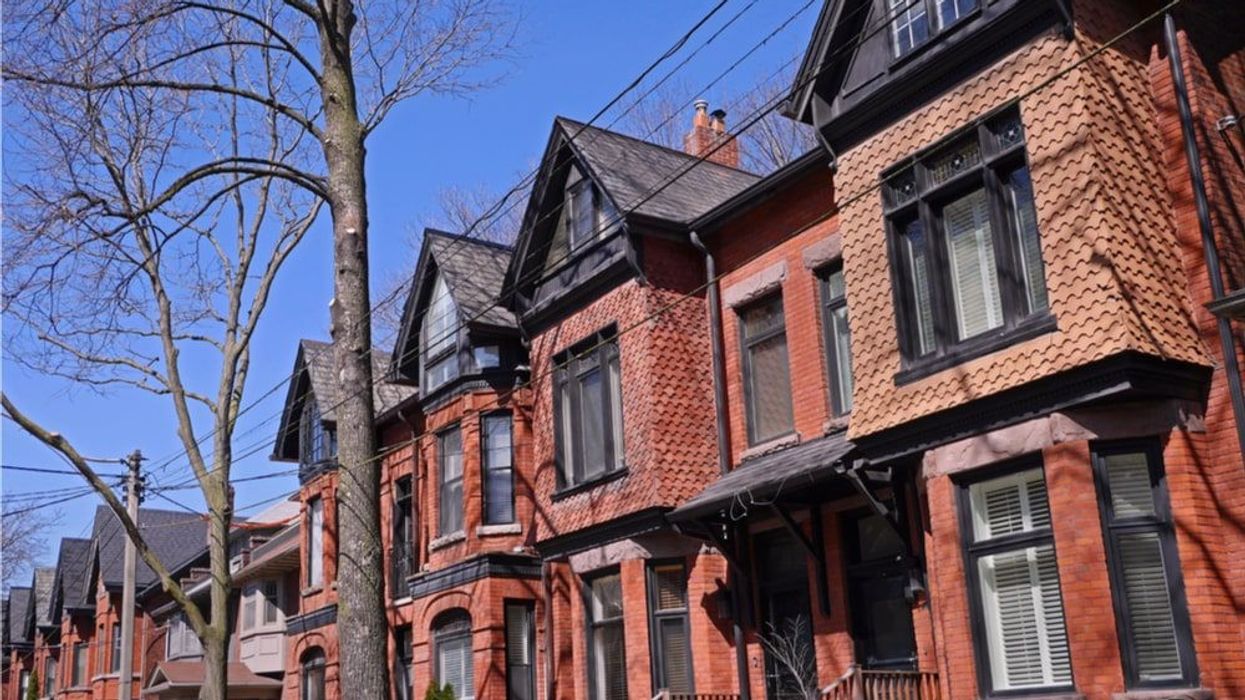The Office of the Superintendent of Financial Institutions (OSFI) is considering new mortgage lending restrictions in an effort to mitigate increased risks stemming from high household debt.
As part of a newly launched stakeholder consultation on Guideline B-20, which outlines residential mortgage underwriting practices, OSFI has proposed a number of debt serviceability measures, including loan-to-income and debt-to-income restrictions.
"Mortgage lending risks, particularly related to debt serviceability, have increased considerably since the onset of the pandemic," the agency said. "These heightened near-term risks underscore the need to consider complementary measures to mitigate them."
The proposed measures are intended to better control prudential risks stemming from high consumer debt, OSFI said, adding, "OSFI welcomes stakeholder views on these debt serviceability measures, how they might be implemented, and other measures that could address prudential risks arising from high household indebtedness. OSFI may choose to pursue one or more of these measures or others that meet OSFI’s prudential policy objectives."
According to the Canada Mortgage and Housing Corporation, the national mortgage delinquency rate hit 0.14% during the third quarter of 2022 -- before the two most recent Bank of Canada hikes that collectively added 1% to the overnight lending rate.
“Sound mortgage underwriting remains the cornerstone of a healthy residential mortgage lending industry," said Tolga Yalkin, OSFI’s Assistant Superintendent for Policy, Innovation, and Stakeholder Affairs. "We look forward to stakeholder views on how different debt serviceability measures can support this important policy objective."
In December, OSFI opted to maintain the qualifying rate for its mortgage stress test (your rate +2% or 5.25%, whichever is higher) despite increased calls to lower it. With mortgage rates currently hovering around 5%, borrowers are having to qualify for upwards of 7% in some cases.
If implemented, OSFI's proposed measures would limit what some borrowers qualify for, potentially dampening demand even further and keeping housing prices down.





















